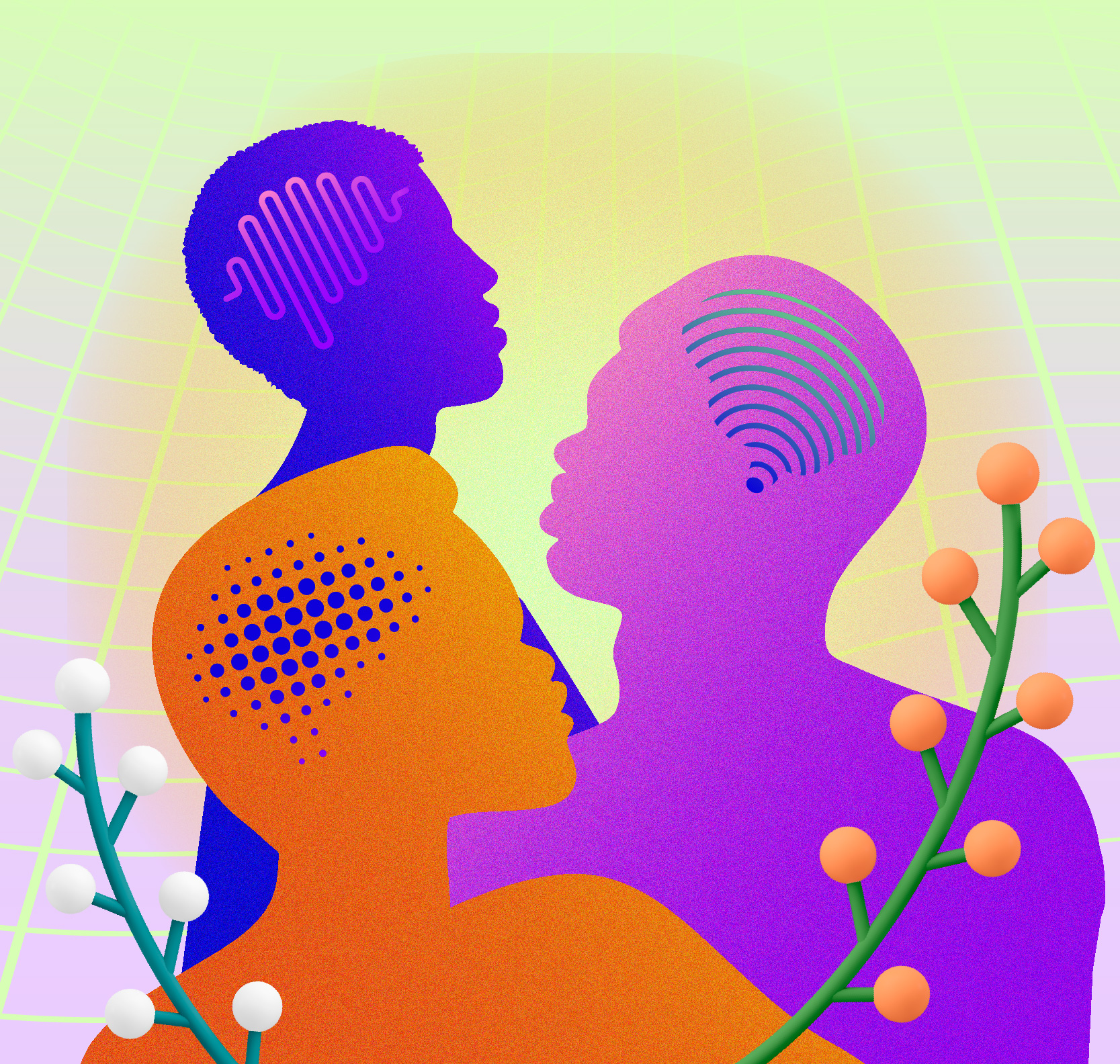At Idea2form we believe multiple minds are better than one when trying to solve complex problems. More specifically, we value different ways of thinking, sense-making, and problem-solving and see them as key ingredients to creating impactful design solutions. This is why divergent thinking is one of our core values.
Research has shown that diverse teams outperform homogeneous teams when it comes to innovation. In other words, having a team that is diverse with varied lived experiences, talents, and thinking styles can yield greater outcomes for an organization. Recently, different industries have embraced diversity as a competitive advantage. It’s important to have diverse representation in many categories such as — race, class, gender, ability, and more — in this post we focus on neurodiversity. But what is neurodiversity and how can an organization create an environment that welcomes and supports people from across the neurological spectrum?
Neurodiversity is the idea that people experience and interact with the world differently and there is no “one right way” of thinking, learning, or acting. Differences are not labeled as deficits. In fact, depending on the tasks, a certain way of thinking, learning, or acting might be more suitable or pose a certain advantage. Individuals on the Autism spectrum, for example, might be well-suited for tasks that are highly repetitive and demand great attention to detail or hyper focus. The neurodiversity movement has grown over the last few decades thanks in part to organizations like Specialisterne, Inc., who is building a global coalition to transform the labor market to embrace people on the Autism Spectrum.

Specialisterne’s logo features a dandelion (we love dandelions) and its Dandelion Model is an important part of its brand values:
“Many view the dandelion as a weed, something to be rooted out of our lawns and flower beds. What a lot of people don’t know is that, when cultivated, the dandelion is one of the most valuable and useful plants in nature — known for its nutritional, healing, and medicinal properties. A dandelion is a weed in an environment where it is not welcomed. If the dandelion is in an environment where it is welcomed, valued, and nurtured, it is an herb.”
The Dandelion Model teaches us that: context matters. When a Dandelion is welcomed it has unique and powerful properties. Neurodiverse employees also require a welcoming work environment that meets their needs in order to benefit from neurodiverse candidates’ brilliance. It’s essential that organizations celebrate individual strengths and talents while also providing support for team member differences and needs.






